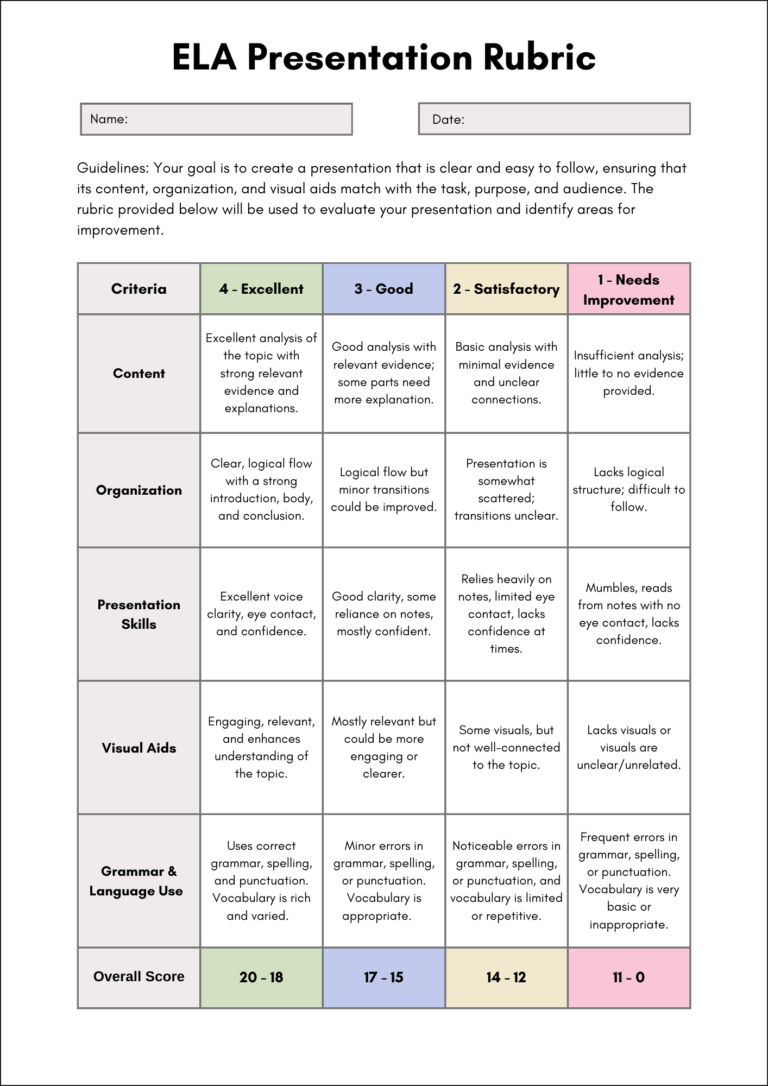Teaching is one of the most rewarding careers, but it can also be one of the most demanding. Between lesson planning, grading, managing classroom behavior, and engaging students, it’s easy to feel overwhelmed. To help you manage your time and keep stress levels in check, here are 10 time-saving tips that will make a big difference in your daily routine.

1. Plan Ahead with a Weekly Overview
Instead of planning day-by-day, take some time at the beginning of the week to outline your lessons, materials, and activities.
Having a clear roadmap will prevent last-minute scrambling and ensure you’re prepared for every class.
Use a digital planner or a printed template that organizes your lessons by day and subject.
2. Batch Your Tasks
Batching similar tasks together is a highly effective way to stay focused and productive.
For instance, grade all assignments at once, plan a week’s worth of lessons in one sitting, or reply to all emails at a specific time of day.
This helps reduce the mental shift required when jumping from one task to another.
Switching between different tasks (like grading, planning, and emailing) can be mentally exhausting and time-consuming.
Instead, batch similar tasks. Set aside specific blocks of time for grading papers or responding to emails.
By concentrating on one type of task at a time, you can work more efficiently.


3. Use Templates for Repetitive Tasks
Create templates for assignments, lesson plans, and rubrics.
These templates can be reused with minimal adjustments, saving you time on formatting and setup.
For example, having a ready-to-go rubric for grading common types of assignments or a lesson plan template will allow you to focus more on the content rather than starting from scratch.
I like to save all my templates on my desktop and simply edit every time I need a new template.
Use Templates for Emails, too!
As teachers, we have tons of emails to send! It’s never ending.
By creating email templates for different types of emails, you can save a ton of time! Create templates for your most common types of emails that you send regularly.
Save these different templates, and whenever you need you can just open it up and make a few changes, then send!
These templates are especially great for your newsletter emails, as well as updates for parents.
4. Use Digital Tools for Organization
Take advantage of technology to streamline your workflow.
Tools like Google Classroom, Trello, or Microsoft OneNote can help you organize assignments, manage projects, and track progress.
These platforms also allow students to submit their work digitally, cutting down on the amount of paperwork you need to handle!


5. Organize Your Classroom Efficiently
An organized classroom can save you and your students time.
Label materials, color-code supplies, and use bins or folders to keep things in their proper places.
This makes finding what you need quick and easy.
Here are a few of our favorites for Classroom Organization:
· Rainbow Accordion File Organizer
· Rainbow 5-Tier Desk Paper Organizer
6. Set a Timer for Tasks
It’s easy to spend too much time on certain tasks, like tweaking lesson plans or grading papers.
Use a timer to limit how long you work on a specific task. This encourages you to focus, avoid distractions, and move on when the time’s up.
A good rule of thumb is to set 20-30 minute increments for tasks that don’t need extended attention.


7. Create a 'To-do' and 'Done' List
Keep a running list of tasks to complete, but add a “done” list where you record what you’ve accomplished each day.
This not only helps you stay on track but also gives you a sense of progress, which can boost morale on particularly busy days.
Even if you feel a certain task is small, adding it to your “done” list can really motivate you to keep going.
As a teacher and busy mom, I take a lot of pride in accomplishing even the smallest of tasks.
8. Delegate Responsibilities
You don’t have to do everything yourself!
Empower your students by assigning classroom jobs, such as handing out papers, collecting assignments, or managing supplies.
For administrative tasks like photocopying or organizing materials, seek help from teaching assistants or parent volunteers when available.


9. Pre-Prepare 'Emergency Lessons' for Subs
Unexpected events like sick days or interruptions can throw off your schedule.
Having a few pre-prepared “emergency lessons” will keep your class on track even when you’re unavailable or need to pivot quickly.
These lessons should be easy for a substitute or yourself to implement with minimal preparation.
I like to prepare a week’s worth of materials that range from activities, worksheets, to daily lesson plans for the sub.
Check out our awesome library of teaching materials to add to your emergency lessons bin. Our resources include, flashcards, worksheets, workbooks, mini books, and more!
CLICK HERE for our Printable Bundles!
10. Reflect and Adjust Weekly
At the end of each week, take a few minutes to reflect on what worked and what didn’t.
Ask yourself if there are any tasks you could automate, delegate, or eliminate.
Continuous reflection will help you fine-tune your workflow and make the next week even more efficient.

By adopting these time-saving strategies, you’ll not only reduce stress but also have more time to focus on what truly matters—engaging and inspiring your students.
Teaching will always be a busy profession, but with the right tools and mindset, you can manage your workload with confidence and balance.
Do you have a time-saving tip that works wonders in your classroom? We would love to hear from you!
